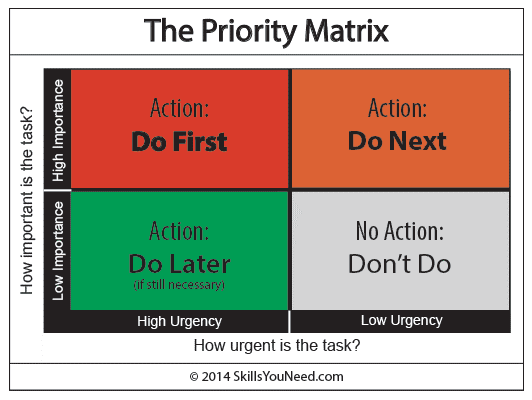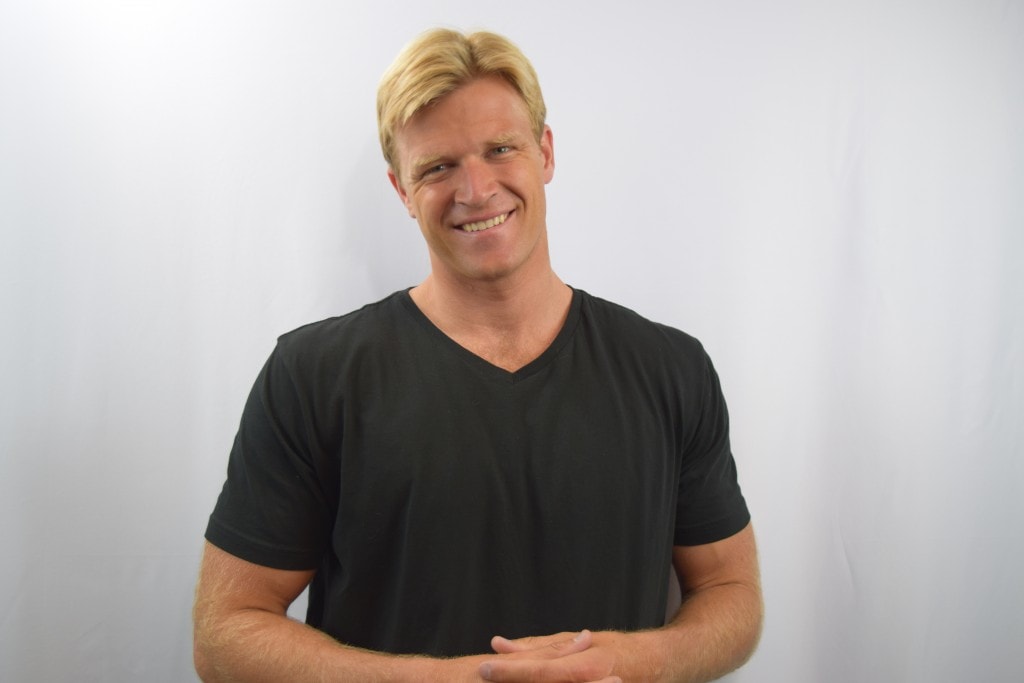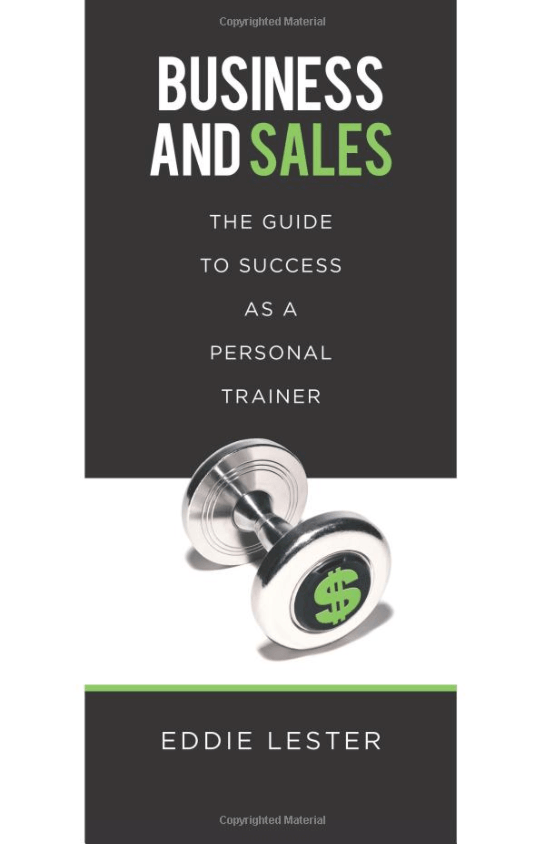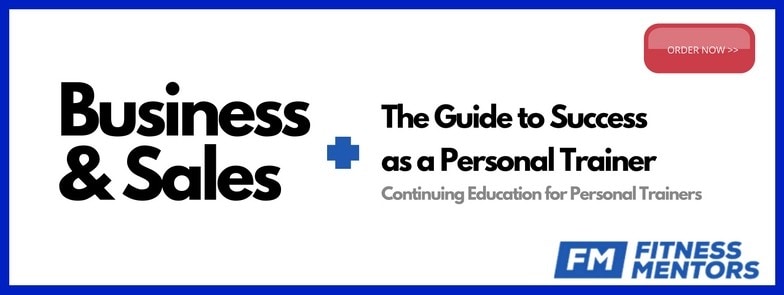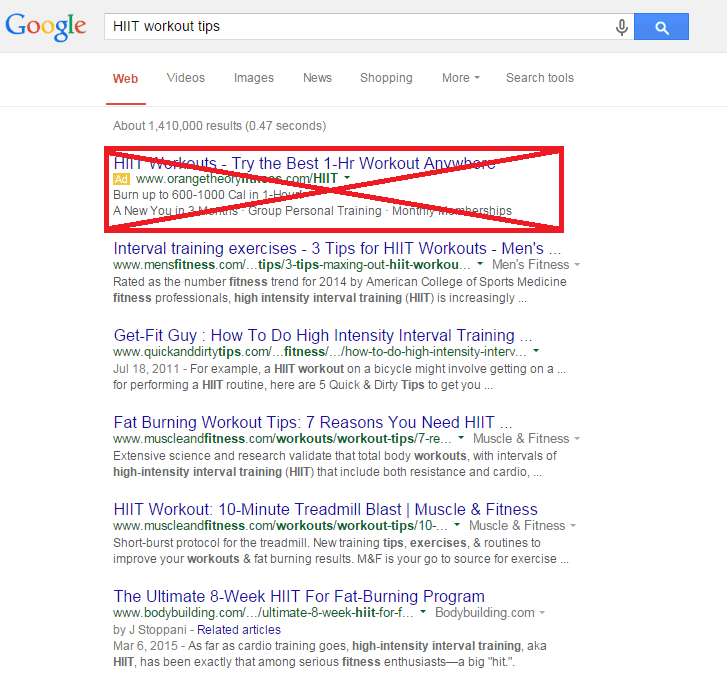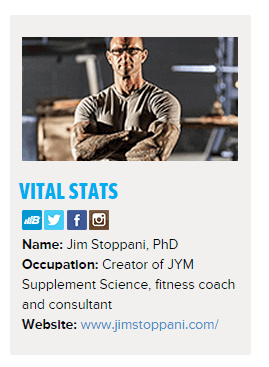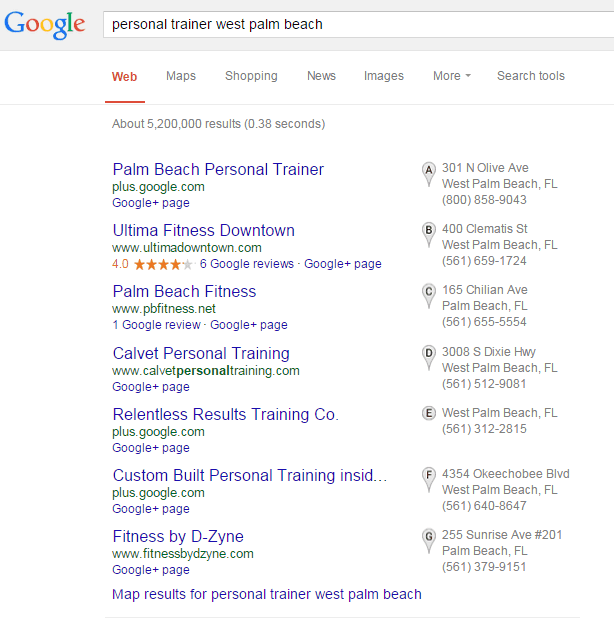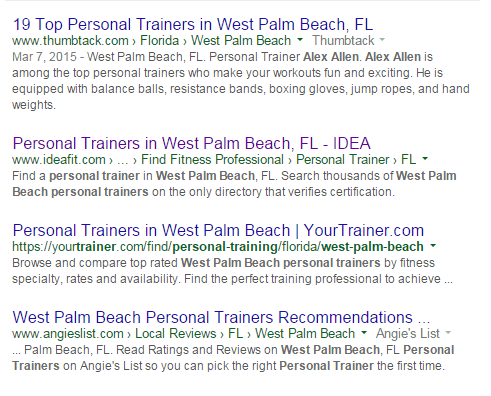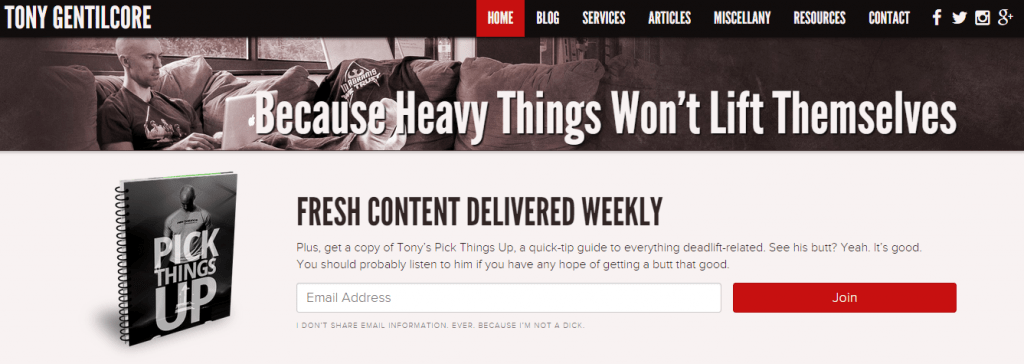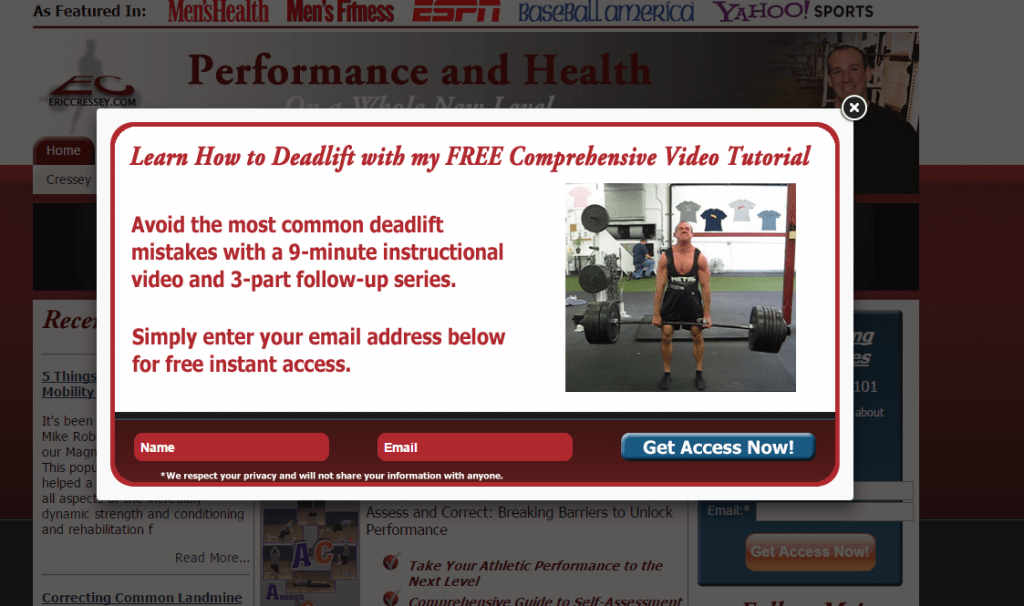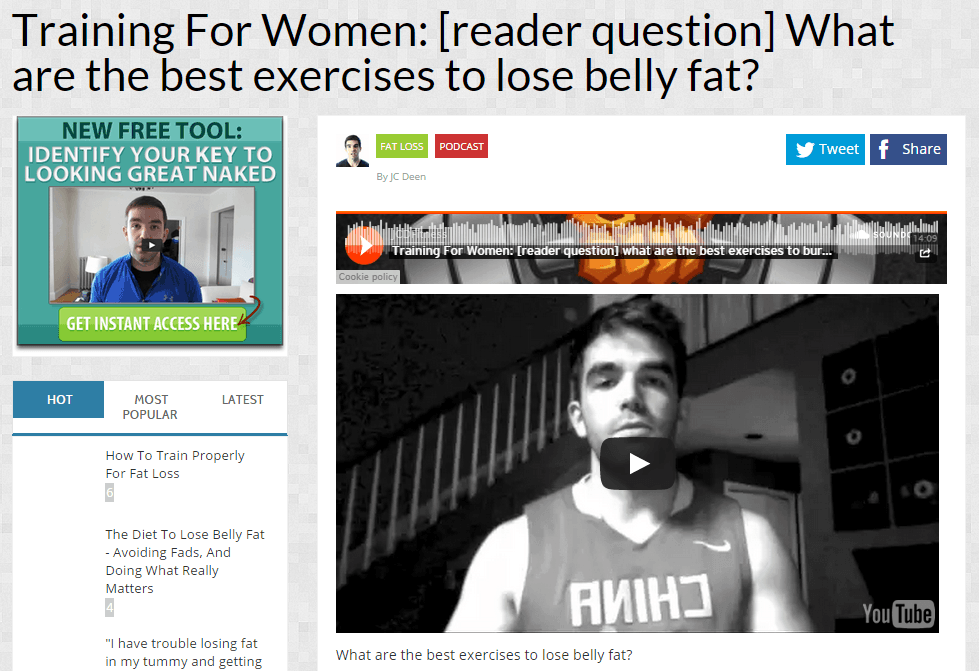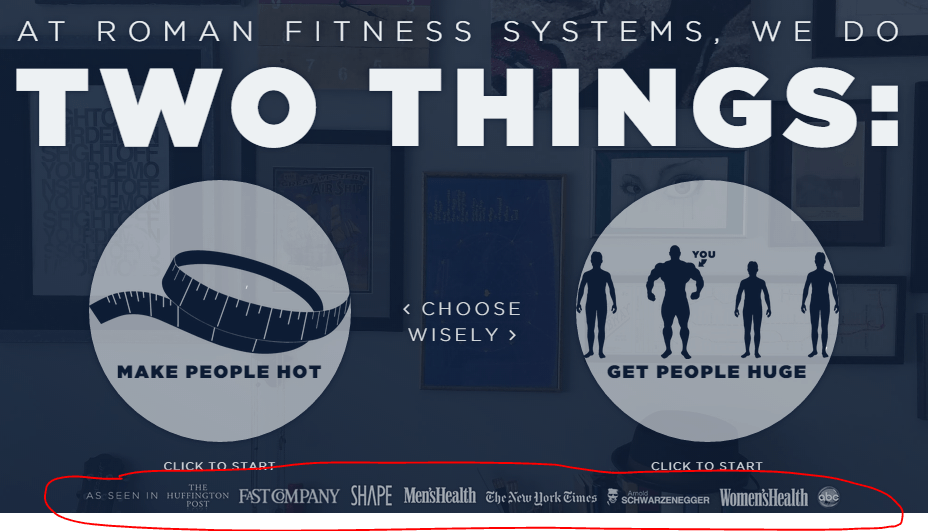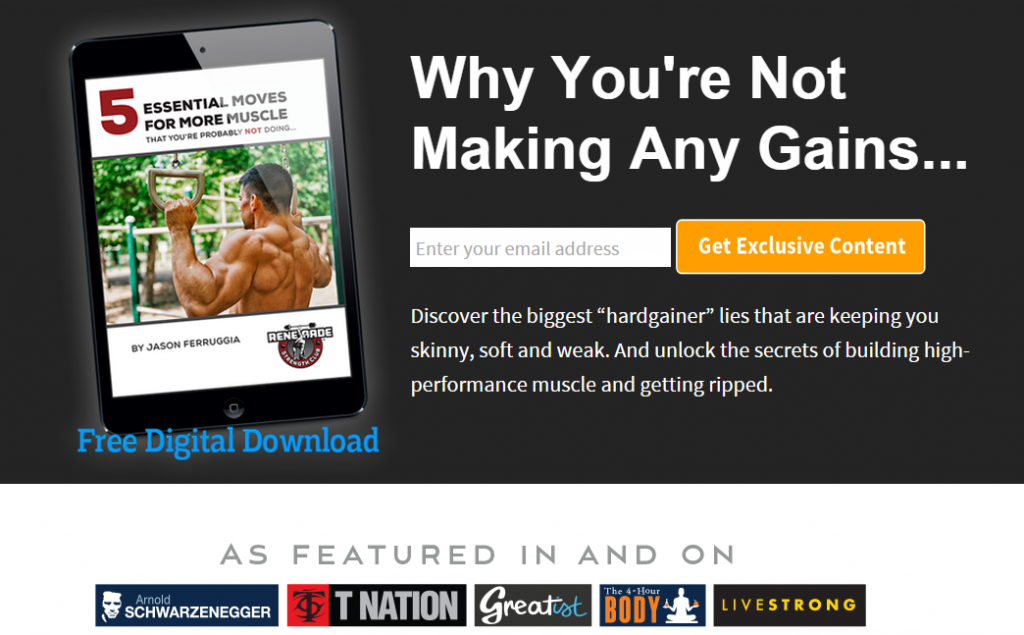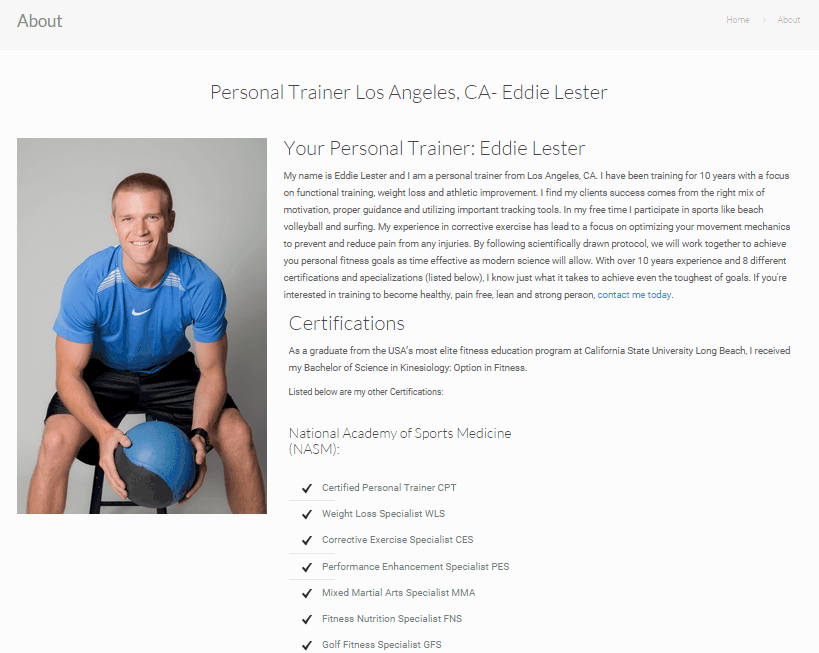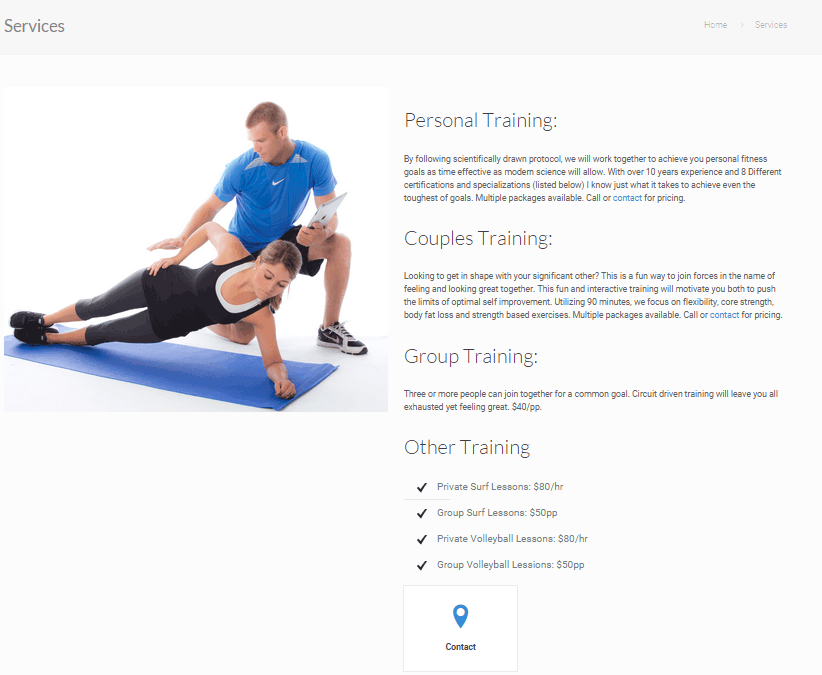7 Best NASM CEU Courses
Top NASM CEU Courses:
- NASM’s Corrective Exercise Specialist (CES)
- FM Certified Online Personal Trainer (COPT)
- FM Fitness Nutrition Specialist (FNS)
- NASM’s Certified Nutrition Coach (CNC)
- Business and Sales: The Guide to Success as a Personal Trainer
- NCSF Certified Strength Coach (CSC)
- ISSA Certified Bodybuilding Specialist (CBS)
As a NASM-certified personal trainer you are required to recertify your CPT every two years. You’ll need to get 1.9 CEUs (19 hours) through a course or seminar to fulfill this requirement in addition to earning 0.1 CEUs (1 hour) by maintaining your CPR and AED certifications (20 total credit hours).
Just a few years ago, personal trainers only had one option for recertification and this involved finding and visiting in-person workshops. Today, trainers have the option to do their continuing education in-person or get their necessary credits online.
While in-person and online CEUs each have their pros and cons, it’s nice to have options. Here is a breakdown of the five best NASM CEU courses that includes both in-person workshops as well as online courses.
Best NASM CEU Courses

NASM Corrective Exercise Specialist
Our top pick for NASM-specific certifications, the Corrective Exercise Specialist teaches you how to be a trainer that can minimize injury while still focusing on strength and athleticism. Learning about muscular imbalances makes you an extremely valuable asset to your clients and often provides trainers the confidence to charge more for their services.
While the CES certification is available online, the face-to-face time you’ll get with a live person is highly recommended and is why we recommend in-person workshops over online learning for this specific class. The material is quite in-depth, meaning that you’ll likely be challenged and having an instructor next to you to answer your questions can be a valuable asset.
Cost: $899 for Self-Study
Enrollment Period: 365 days a year
CEUs: 1.9
Small Print: At a price range of $899 the CES course is fairly expensive. Because the course is so intense (and lends itself well to the progression of your career), having solid CES study materials are recommended to ensure completion the first time around.
FM-Certified Online Personal Trainer
There has never been a better time than now to become an online personal trainer as the world of in-person personal training has been challenged by COVID-19. The Fitness Mentors Certified Online Personal Trainer course is the best college-level course for trainers who are serious about training clients virtually.
From learning how to start an online personal training business, to learning the online mediums to sell, to generating online leads, and growing a business while you sleep, this is the ideal CEU course for the new world of online training.
Cost: Only $699
Enrollment Period: 365 days a year
CEUs: 2.0 (or 20 hours)
Small Print: The FM-COPT fills a growing need in the personal training world due to the rules of social distancing. It is also the only online certification that is recognized by the National Board of Fitness Examiners
Business and Sales: The Guide to Success as a Personal Trainer
Successful business owners are created, not born. The often unfortunate case with many trainers is that they don’t know how to structure their businesses for success or put leads into a sales funnel, leading to their ultimate failure. The Business and Sales: The Guide to Success as a Personal Trainer was created by a successful personal trainer for exactly that reason and helps lead trainers down a path to financial growth.
Trainers have plenty of options for continuing education that have to do with physical fitness or nutrition, but little when it comes to actionable advice on how to create a system that generates sales. With coursework touching on creating a personal brand; creating and registering a business entity locally, statewide and with federal agencies; how to give away free information to get the attention of your chosen market; how to engage prospects and how to close, this class covers it all.
Cost: Only $249
Enrollment Period: 365 days a year
CEUs: 1.9
Small Print: This class provides valuable real-world business advice and might be less fun than exercise-based classes. It also forces you to be an actionable business owner, so it might not work for the moonlighting personal trainer who just wants CEUs and nothing else. At $249, this is definitely one of the least expensive NASM CEU courses out there.
NASM Certified Nutrition Coach
The NASM CNC is hands-down the most well-regarded nutrition certification in the fitness industry. Adding a nutrition-based certification to your NASM-CPT will give you the confidence to make client recommendations and possibly even charge more for your services.
The other great thing about the NASM CNC certification is that it requires no recertification so you’ll have it for life. You know that without proper nutrition, exercise programs won’t work to their full potential. Add this certification to your list to help your clients accomplish all their health and fitness goals.
Cost: $899
Enrollment Period: 365 days per year
CEUs: 1.9
Small Print: Not a great option for those looking for last minute CEU options.
Bonus: Free NASM CEUs
Looking for some free NASM CEUs to round out your criteria for the two-year recertification period? As a bonus to the other five listed on this page, check out Build Your Marketing Muscle: The FREE Guide to Marketing for Personal Trainers. This coursework is entirely online and focuses entirely on marketing.

NCSF Certified Strength Coach
Just as Precision Nutrition’s Level 1 is the most highly regarded course of its kind in the nutrition industry, the NCSF Certified Strength Coach course is true to athletic training. If your goal is to work for a university or at the professional athlete level, it is likely you’ll be required to have this exact certification as a prerequisite for getting the job.
The coursework covers sport-specific training for America’s most popular professional and college sports, and also covers exercise techniques, how to design sport-specific programs, and organizational and administrative elements that are essential in professional environments.
Cost: $475 plus study materials
Enrollment Period: 365 days a year
CEUs: 1.9
Small Print: Detailed and loads of science so mentally prepare to study.
Best NASM CEUs Recap
Furthering your continuing education is a requirement, but shouldn’t be viewed as one. Rather, NASM CPTs should view this obligation as an opportunity to further their interests in fitness and training and increase the ways in which they can help their clients. If you are unsure how to go about choosing the next CEU course for your career, we invite you to consider the “three P’s:
- Purpose: How will you use the knowledge you learn from a specific course or workshop?
- Population: Who will benefit from the new skills and education you receive? Is this the target population you want to work with? Is the population you want to target abundant in nature?
- Passion: Will you actually enjoy learning about this topic?
If you have questions about which NASM CEUs are right for you we would love to help. Leave a comment, call (424) 675-0476, or email us directly. We are always here to assist you in choosing the most successful path for your fitness career.
For more information on becoming a successful personal trainer click the below link and check out our business and sales course.
Business and Sales: The Guide to Success as a Personal Trainer










